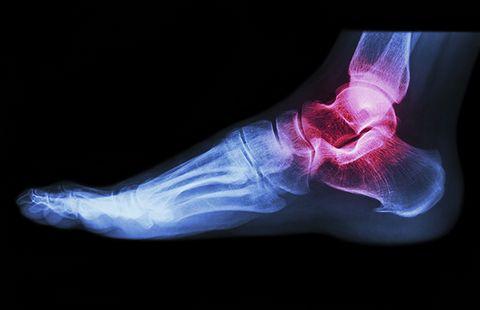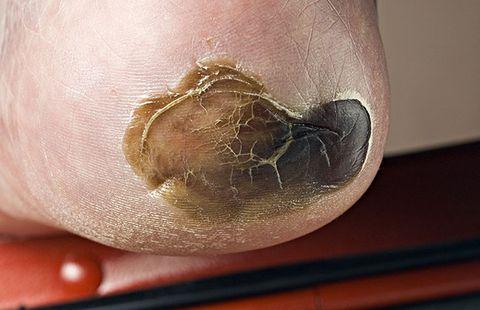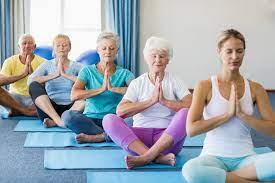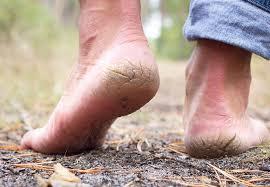7 Common Foot Complaints That Happen To Your Feet As We Age
Seniors week is a celebration of all that it is to age gracefully, and sometimes disgracefully. Keeping active and mobile can assist you with your long-term health as well as getting you into some mischief!
Feet carry you everywhere over your lifetime. Pretty much everything else about your body has changed in that time, so it’s little wonder that your feet also undergo some changes, both subtle and not so subtle, as you age.
Here are seven common foot complaints that often arise with age and how to give them the boot.
Fat Pad Vanishes
On the balls of our feet and heels we have built-in cushions made of collagen, elastin and stuffed with adipose tissue. In a cruel twist on the middle-age spread, collagen production decreases through the years, thinning these fat pads. It can feel like you are walking on bone and can create significant discomfort. Unfortunately there is no cure for this but wearing shoes with thick softer style soles as well as cushioned insoles will provide relief.
Arthritis Appears
Your feet have more than 30 joints, all of which can degenerate with age. Arthritis commonly strikes the big toe or the midfoot joints on top of your foot. Besides pain, you might feel stiffness in the morning that improves once you get moving, then worsens again at night. Supportive footwear, supportive orthotics, and range of motion exercises can all help to reduce the pain and improve mobility.

Toes Curl Up
Many things can impact on your foot changing shape. Most commonly, inappropriate fitting footwear is to blame for damage to toes resulting in clawing. This shape change then leads to increased risk of developing corns and calluses due to pressure.
Circulation Slows
Diabetes, vein disease and other conditions more common with age can slow the blood flow to your feet. That makes healing from even minor injuries slower and increases the risk of infections and ulcerations. Visually inspecting your feet daily to check for cuts and scrapes helps with prevention of infections, and immediate assistance can be sought. It is highly recommended to see a Podiatrist if you are concerned about poor circulation or delayed healing.

Tendons Tighten
Not as limber in yoga class these days? The water content in your tendons declines with age, causing tightness and stiffening. Not only can this interfere with Downward Dog, it also places you at greater risk of tears and ruptures. Staying active helps counteract these effects.

Ligaments Lengthen
On the flip side, other connective tissues called ligaments can stretch out over time, leaving your arch aching and foot flatter. The sensors that alert your brain to the over-stretching of ligaments start to go on the fritz. This throws you off balance and leaves you prone to sprains and other foot issues. A Podiatrist can provide advice on braces and exercises that can assist with supporting the foot and reducing pressure on these ligaments.
Skin Dries Out
Besides cushioning the bottom of your feet, collagen also plumps up your skin. As the collagen reduces with aging your skin becomes parched and prone to dryness and cracking. Fight back by making sure you stay hydrated. Get in the habit of applying a high-quality cream that contains Urea. We recommend Walker’s Urea creams which come in a 15% and 25% lotion. It is non-greasy and soaks into the skin quickly. These are a professional-only recommended product and are available at Foot Health Solutions.

Foot pain and discomfort are not a natural part of growing older or something to just put up with. Much can be done to relieve pain, improve comfort, and prevent small foot problems from becoming major issues.
Here’s to ageing disgracefully!
As always, if you have any concerns about your feet, please contact our friendly staff to make an appointment on 07 5522 1230 or book online.
